Introduction
We welcome you to the India of 2025 where our teenagers go to school and college not to study and make their career but to find their life partner and soulmate. I welcome all of you where our teenagers are religious but only limited to Instagram reels and stories. But only 60% of them are educated and good children who are guided by good teachers and are on the right path. But there are many more people than these who do not want to do anything big in life. They just want a job. If it is a government job, it is even better. If not, then it is a private job. No one has any vision. Everyone just wants to improve their lifestyle, which is a very good thing. They are not focused on learning something. They are focused on passing by rote learning. But it is not their fault, it is the fault of the parents and society, they have put a limit that you can only do this, proceed with this mindset, otherwise there will be problems, you will fail, but those who have crossed this limit are more successful comparatively. And today’s youth is also addicted to cigarettes. We will talk about this later.
The world that Indian teenagers face in 2025 is very different from that of earlier generations. Their everyday lives are characterized by rapid technological breakthroughs, changing social standards, and mounting academic pressures. Modernization has created new opportunities, but it has also brought with it special difficulties that have an impact on their schooling, social conduct, mental health, and employment chances. The changing circumstances of Indian teenagers in 2025 are examined in this div, along with the advantages and disadvantages that will affect their future.
Education System and Academic Pressures
The Role of Technology in Learning
The education system in India has undergone significant changes, with digital learning becoming the norm. Smart classrooms, AI-powered personalized learning, and virtual reality (VR) simulations have enhanced student engagement. However, the digital divide remains a concern, with rural areas struggling to access advanced educational resources. Students in Kota are committing suicide because of this pressure. Students who could have done a lot in their lives are ending their lives like this.
Competitive Exams and Stress
Teenagers are still under a lot of stress because of the competitive nature of tests like JEE, NEET, and CUET, even with improvements in schooling. Due to societal and parental expectations regarding their academic performance, many students experience anxiety and melancholy. The burden has not changed despite coaching centers’ adaptation to online platforms.
Skill-Based Learning and Alternative Careers
With the rise of artificial intelligence and automation, the focus has shifted towards skill-based education. Most teens are looking for alternative careers in coding, digital marketing, content creation, and entrepreneurship, away from the traditional engineering and medical fields.
Mental Health and Emotional Well-being
Increased Awareness but Limited Action
Since more teenagers are talking candidly about problems like loneliness, melancholy, and anxiety, the stigma associated with mental health has somewhat decreased. Celebrity endorsements and social media efforts have been crucial in dispelling preconceptions. However, many teenagers are unable to get professional care since schools and colleges continue to provide little mental health support.
The Impact of Social Media
Social media platforms like Instagram, Snapchat, and emerging apps continue to dominate teenagers’ lives. These platforms offer creativity but also contribute to unrealistic beauty standards, cyberbullying, and digital addiction, leading to self-esteem issues.
Family and Peer Pressure
Traditional family expectations significantly influence teenagers’ mental health, but many Indian parents struggle to balance modern parenting with traditional beliefs, leading to conflicts. Peer pressure, particularly related to academic performance and lifestyle choices, also significantly impacts teenagers’ mental health.
Relationship Issues and Mental Health
Teenage relationships significantly impact their emotional and psychological well-being, with the prevalence increasing due to social media, dating apps, and changing societal norms. However, these relationships can also lead to stress, heartbreak, and mental health struggles. Breakups, unfulfilled expectations, and emotional dependency can cause severe depression, anxiety, and self-destructive behavior. Toxic relationships, emotional manipulation, and peer pressure further exacerbate the psychological burden. Lack of guidance and healthy relationship education can leave teenagers unprepared to handle romantic challenges, resulting in long-term emotional scars. To address this, parents, educators, and counselors should emphasize emotional intelligence, resilience, and self-worth, helping teenagers develop healthier relationship perspectives.
Health and Lifestyle Trends
In 2025, teenagers are becoming more health-conscious, adopting plant-based diets, organic foods, and fitness apps. However, junk food consumption remains high due to fast-food culture and food delivery apps. Excessive screen time, including online classes, social media, and gaming, has led to sleep deprivation, affecting academic performance and mental well-being. Experts recommend digital detox and mindfulness techniques to address this issue. Sedentary lifestyles and unhealthy eating habits, combined with increased stress levels, have increased the risk of obesity, diabetes, and hypertension among teenagers.
Future Prospects and Solutions
The Indian government has introduced initiatives to improve teenagers’ well-being, including mental health awareness, digital safety education, and skill development. However, implementation remains a concern. Parents and educators play a crucial role in shaping teenagers’ futures by providing open communication, emotional support, and promoting a balanced lifestyle. Schools should integrate life skills and mental health counseling into their curriculum. In 2025, teenagers in India must adapt to a rapidly evolving world by developing problem-solving skills, emotional intelligence, and digital literacy. Society, parents, and policymakers must collaborate to create a supportive environment for teenagers’ success.
Conclusion
In 2025, India’s teenagers face both progress and challenges, including academic pressure, mental health issues, and safety concerns. To ensure a brighter future, a collective effort from families, educators, policymakers, and teenagers is needed to address these challenges, allowing the next generation of Indian teenagers to grow into well-rounded individuals.


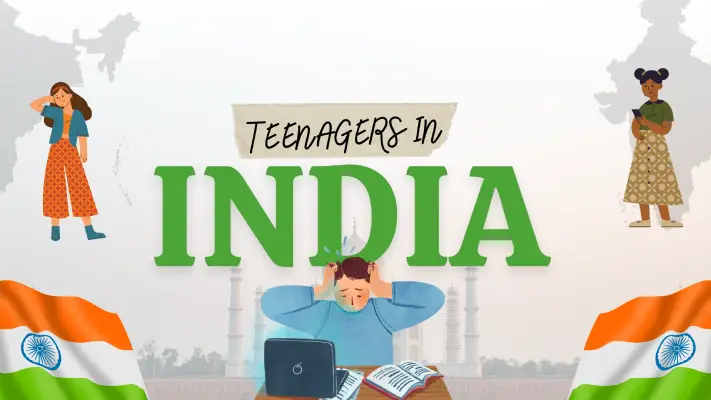
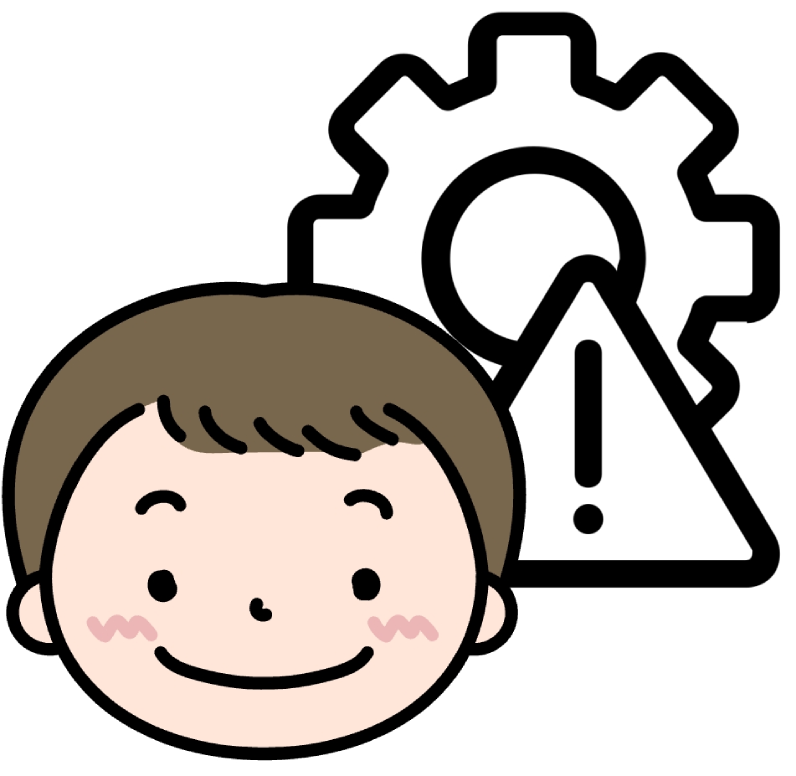






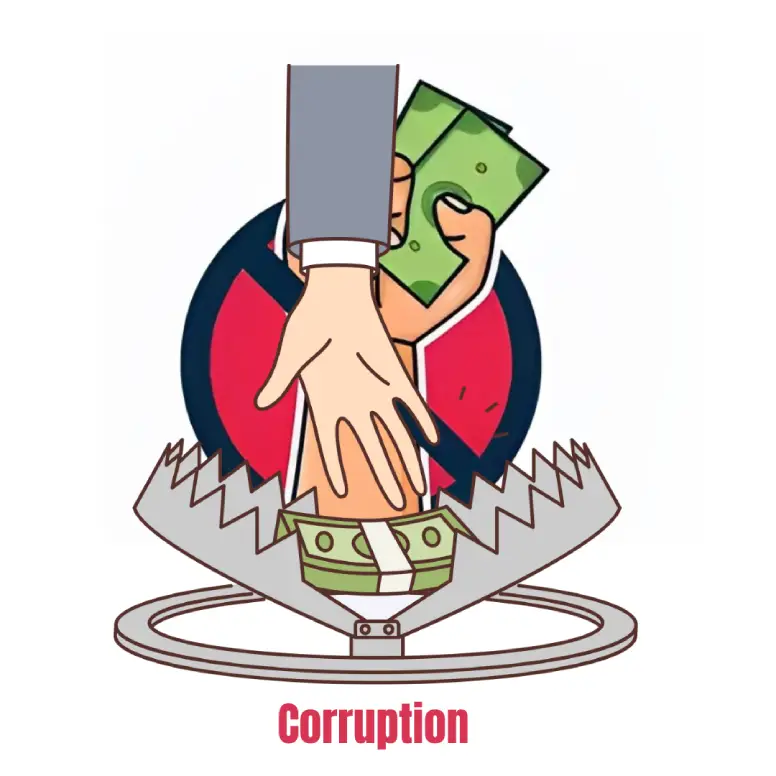
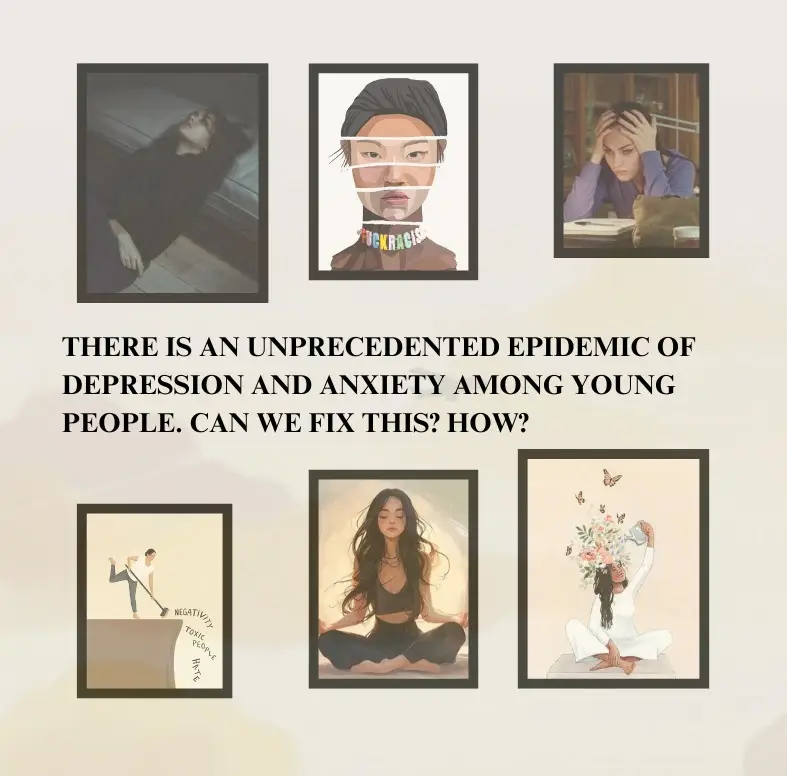

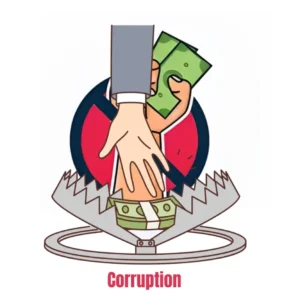
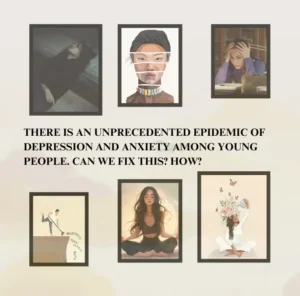



Social Issues and Changing Behavior
Gender Equality and Feminism
In 2025, Indian teenagers are increasingly advocating for gender equality and feminist movements, with schools and colleges promoting discussions on gender roles and breaking stereotypes, particularly in rural areas.
Substance Abuse and Lifestyle Choices
Global culture exposure has influenced teenagers’ lifestyle choices, leading to healthier habits like fitness and mindful eating, but also increasing substance abuse, including vaping, alcohol, and drug use, which is exacerbated by social media accessibility, raising concerns among parents and educators.
Gaming and Online Activity
Gaming and Virtual Reality: Online gaming and virtual reality have become integral to teenage life, promoting cognitive skills and social interaction, but excessive screen time can lead to addiction and reduced physical activity, posing challenges for parents and educators.
Online Activism and Awareness: India’s teenagers are using digital platforms to raise awareness about social issues like climate change, animal rights, and human rights, using online petitions, crowdfunding, and digital protests to make a significant impact on society.